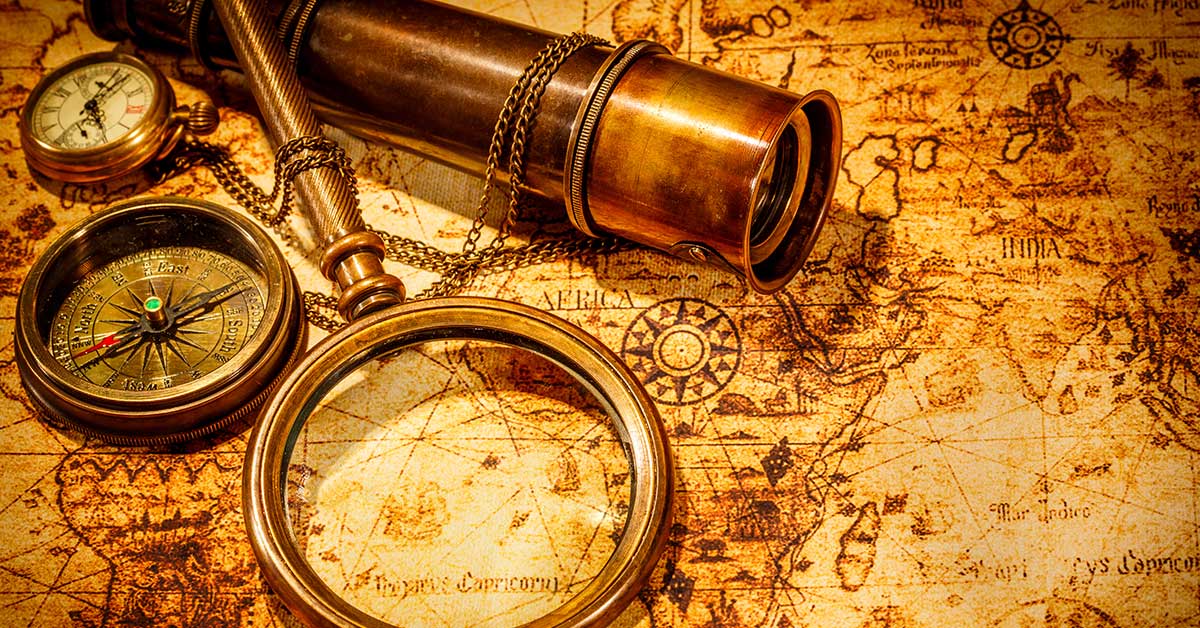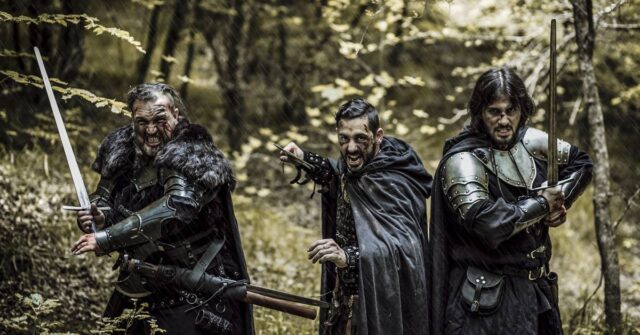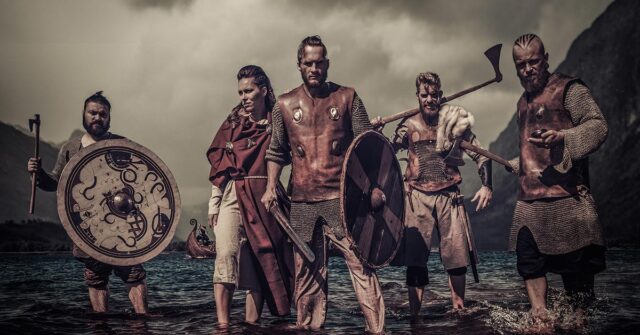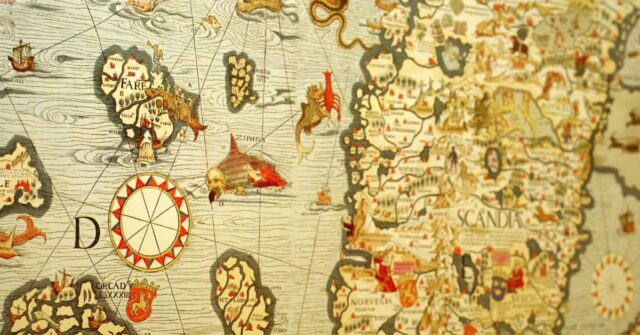Introduction
Delve into the fascinating tapestry of human history as we explore various historical time periods. Our journey will take us from the dawn of human civilization to the present day, highlighting the milestones that have shaped our world.
The Importance of Understanding Historical Time Periods
Understanding historical time periods is crucial to appreciating the rich, diverse, and complex story of humanity. By examining the events, innovations, and cultural shifts that have occurred throughout history, we can better understand our present and shape our future.
How Time Periods Are Defined
Time periods are typically defined by significant events or societal shifts that have far-reaching effects on human civilization. These can include technological advancements, religious movements, or the rise and fall of empires.
As we explore each period, we’ll uncover the unique characteristics that make it distinct from others.
Prehistory (Pre-3000 BCE)
Welcome to the prehistoric world! In this section, we’ll explore the origins of human civilization, from our earliest ancestors to the development of agriculture and permanent settlements.
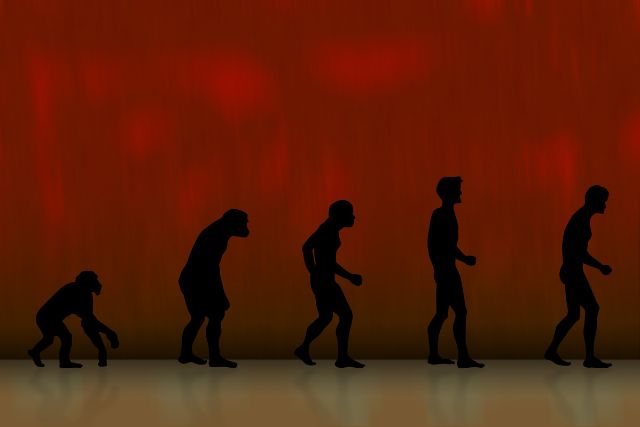
Paleolithic Era (c. 2.6 Million-10,000 BCE)
The Paleolithic Era, also known as the Old Stone Age, marks the beginning of human history. During this time, early humans relied on stone tools and lived as hunter-gatherers.
Early Paleolithic (c. 2.6 Million-300,000 BCE)
During the Early Paleolithic, our ancestors, the hominids, emerged and began to create rudimentary stone tools. This period saw the development of the first-known human species, such as Homo habilis and Homo erectus.
Middle Paleolithic (c. 300,000-50,000 BCE)
The Middle Paleolithic introduced a more advanced species, the Neanderthals. With a better understanding of tools, these early humans were able to adapt to their environments, enabling them to survive and thrive.
Late Paleolithic (c. 50,000-10,000 BCE)
The Late Paleolithic period welcomed the arrival of Homo sapiens, who coexisted with the Neanderthals for a time. During this period, humans developed more refined tools, created art, and even began to craft jewelry.
Mesolithic Era (c. 10,000-5,000 BCE)
The Mesolithic Era, or Middle Stone Age, was marked by the retreat of glaciers and the rise of new flora and fauna. Humans continued to refine their stone tools and began to develop more sophisticated hunting techniques.
Neolithic Era (c. 5,000-3,000 BCE)
The Neolithic Era, or New Stone Age, heralded a pivotal moment in human history: the advent of agriculture.
Agricultural Revolution
The Agricultural Revolution allowed early humans to transition from a nomadic, hunter-gatherer lifestyle to a more settled existence. The development of farming practices led to the cultivation of crops and the domestication of animals, forever changing the way humans lived.
Development of Permanent Settlements
As agriculture became more prominent, people began to settle in one location, creating the first permanent settlements. These early communities laid the foundation for the rise of ancient civilizations.
Ancient Civilizations (c. 3,000-500 BCE)
In this section, we’ll explore the birth of ancient civilizations, including Sumer, Egypt, and the Indus Valley.
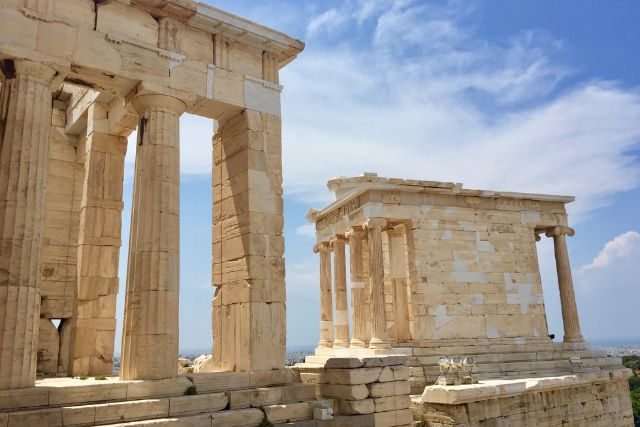
Sumer and the Cradle of Civilization
Sumer, often referred to as the Cradle of Civilization, was one of the first urban civilizations, located in present-day Iraq. Sumer was home to numerous city-states, each with its own ruler, and was the birthplace of many innovations that would come to define human society.
The Invention of Writing (c. 3,200 BCE)
One of the most significant innovations of the Sumerians was the invention of writing. Using a system called cuneiform, they etched wedge-shaped marks onto clay tablets, creating a way to record information that would revolutionize communication and enable the preservation of knowledge.
Ancient Egypt (c. 3,100-332 BCE)
The ancient Egyptian civilization, known for its grand pyramids and enigmatic Sphinx, was a powerhouse of the ancient world. With its rich mythology and impressive architecture, ancient Egypt remains an enduring source of fascination.
Old, Middle, and New Kingdoms
Ancient Egyptian history can be divided into three main periods: the Old Kingdom (c. 2,700-2,200 BCE), the Middle Kingdom (c. 2,050-1,800 BCE), and the New Kingdom (c. 1,550-1,070 BCE). During these periods, Egypt saw the construction of the Great Pyramids, the rise of powerful pharaohs, and the expansion of its territory.
Indus Valley Civilization (c. 2,600-1,900 BCE)
The Indus Valley Civilization, located in present-day Pakistan and India, was a sophisticated and advanced civilization. Known for its well-planned cities, advanced sanitation systems, and remarkable craftsmanship, the Indus Valley Civilization remains an enigma due to its still-undeciphered script.
Ancient China (c. 2,100-256 BCE)
Ancient China was a cradle of civilization, marked by dynastic rule, Confucian philosophy, and stunning artistic achievements.
Xia, Shang, and Zhou Dynasties
The Xia (c. 2,100-1,600 BCE), Shang (c. 1,600-1,046 BCE), and Zhou (c. 1,046-256 BCE) Dynasties laid the foundations for Chinese culture and governance. These dynasties saw the development of writing systems, social hierarchies, and intricate bronze craftsmanship.
Mesoamerican Civilizations (c. 1,200 BCE-1519 CE)
Mesoamerica, encompassing present-day Mexico and Central America, was home to several complex civilizations, including the Olmec, Maya, and Aztec empires.
Olmec, Maya, and Aztec Empires
The Olmec civilization (c. 1,200-400 BCE) is considered the “mother culture” of Mesoamerica, known for its colossal stone heads and advanced art.
The Maya civilization (c. 2,000 BCE-1,500 CE) was renowned for its sophisticated writing system, astronomy, and architecture, including the famous step pyramids.
The Aztec Empire (c. 1,324-1,519 CE) was a powerful military state with a complex social structure and impressive architectural feats.
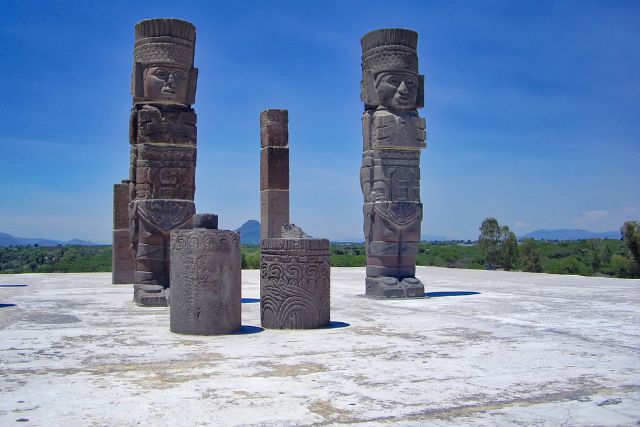
Classical Antiquity (c. 500 BCE-500 CE)
We now enter Classical Antiquity, an era marked by the achievements of ancient Greece and the mighty Roman Empire.
Ancient Greece
Ancient Greece, the birthplace of democracy, philosophy, and the Olympic Games, was a collection of city-states, each with its distinct culture and government.
Archaic Period (c. 800-500 BCE)
The Archaic Period saw the emergence of the Greek city-states, the development of the Greek alphabet, and the introduction of the Olympic Games, which began in 776 BCE. This period also witnessed the flourishing of Greek art and architecture.
Classical Period (c. 500-323 BCE)
The Classical Period was the golden age of ancient Greece, marked by Athenian democracy, the philosophical teachings of Socrates, Plato, and Aristotle, and the construction of iconic structures like the Parthenon. This period also saw the military conflicts of the Greco-Persian Wars and the Peloponnesian War.
Hellenistic Period (c. 323-31 BCE)
The Hellenistic Period began with the death of Alexander the Great, whose empire stretched from Greece to India. This era was characterized by the spread of Greek culture throughout the known world, the rise of new kingdoms, and advancements in science, mathematics, and art.
Roman Empire (c. 753 BCE-476 CE)
The Roman Empire was one of the most powerful empires in history, known for its extensive road networks, impressive architecture, and legal system.
Roman Republic (c. 509-27 BCE)
The Roman Republic was the period in Roman history when the government was led by a Senate and elected officials. The Republic laid the groundwork for the future Roman Empire, expanding its territory through military conquests.
Roman Empire and Pax Romana (c. 27 BCE-180 CE)
The Roman Empire began with the rise of Augustus Caesar, marking the end of the Roman Republic. The Pax Romana (Roman Peace) was a period of relative peace and stability throughout the empire, resulting in the flourishing of the arts, architecture, and literature.
Fall of the Western Roman Empire (476 CE)
The fall of the Western Roman Empire was a gradual process, marked by a series of invasions, economic decline, and internal strife. The fall of Rome in 476 CE is often considered the end of Classical Antiquity and the beginning of the Middle Ages.
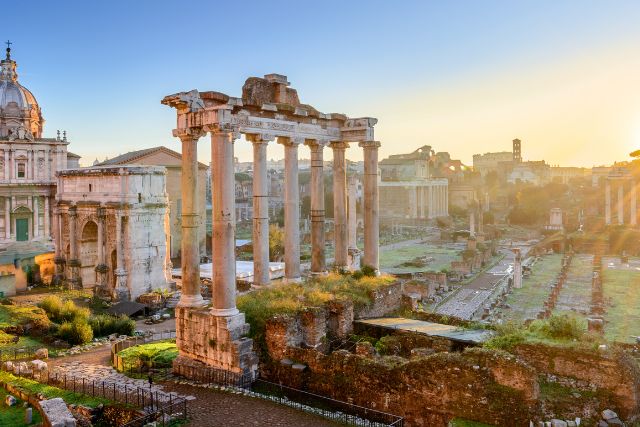
Middle Ages (c. 500-1500 CE)
The Middle Ages, often referred to as the medieval period, was marked by the rise of feudalism, the spread of Christianity, and the development of powerful kingdoms.
Early Middle Ages (c. 500-1000 CE)
The Early Middle Ages, also known as the Dark Ages, saw the decline of urban life, the fragmentation of political power, and the rise of monasticism.
Byzantine Empire (c. 330-1453 CE)
The Byzantine Empire, centered in Constantinople, was the continuation of the Roman Empire in the east. Known for its rich culture and impressive architecture, such as the Hagia Sophia, the Byzantine Empire was a bastion of Christianity during the Middle Ages.
Rise of Islam (c. 610-750 CE)
The rise of Islam began with the prophet Muhammad and the founding of the Islamic faith. Within a century, Islam had spread across the Arabian Peninsula, North Africa, and parts of Europe, shaping the course of history in the process.
Viking Age (c. 793-1066 CE)
The Viking Age was a period of exploration, expansion, and conquest by the Norse people. Known for their fearsome longships and skilled navigation, the Vikings left a lasting impact on the regions they encountered.
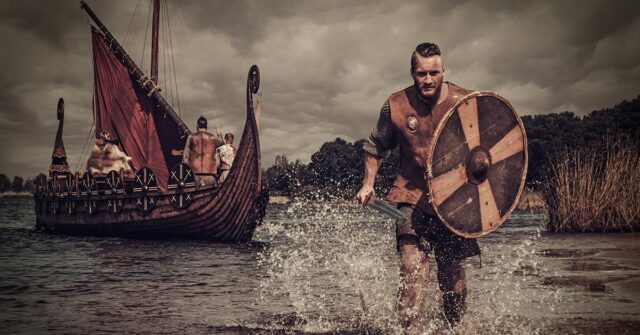
High Middle Ages (c. 1000-1300 CE)
The High Middle Ages was a period of increased agricultural productivity, population growth, and the formation of powerful European kingdoms.
Feudalism
Feudalism was the dominant social, economic, and political system during the Middle Ages, characterized by a hierarchical structure with lords, vassals, and serfs. This system facilitated the organization of society and established a sense of order during a time of chaos and instability.
Crusades (c. 1096-1291 CE)
The Crusades were a series of religious wars sanctioned by the Catholic Church, with the aim of reclaiming the Holy Land from Muslim control. Though the Crusades had limited success in achieving their primary objective, they significantly impacted European trade, politics, and culture.
Late Middle Ages (c. 1300-1500 CE)
The Late Middle Ages was a tumultuous period marked by war, disease, and social upheaval.
Black Death (c. 1347-1351 CE)
The Black Death was a devastating pandemic that swept across Europe, killing an estimated 75-200 million people. The plague had a profound impact on the social, economic, and religious fabric of medieval society.
Hundred Years’ War (c. 1337-1453 CE)
The Hundred Years’ War was a prolonged conflict between England and France, fought over the right to rule the Kingdom of France. The war had lasting consequences for both countries, including the rise of nationalism and the decline of feudalism.
Early Modern Period (c. 1500-1800 CE)
The Early Modern Period was characterized by the resurgence of art, science, and exploration, as well as religious and political upheaval.
Renaissance (c. 14th-17th Centuries CE)
The Renaissance was a period of cultural rebirth, marked by a renewed interest in classical learning, art, and humanism.
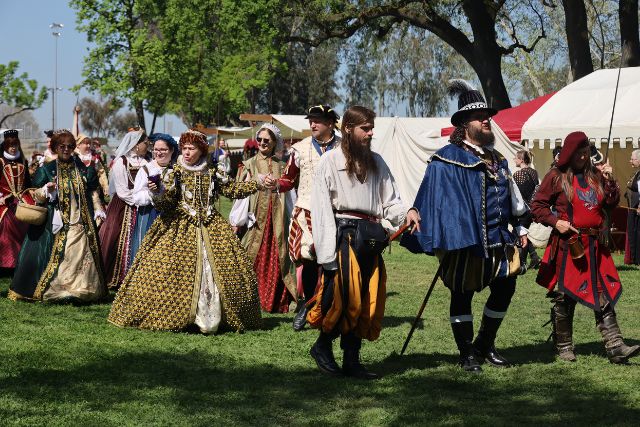
Art, Science, and Humanism
During the Renaissance, artists such as Leonardo da Vinci, Michelangelo, and Raphael created masterpieces that continue to inspire. Meanwhile, thinkers like Galileo Galilei and Nicolaus Copernicus advanced our understanding of the natural world, and humanist scholars like Erasmus and Thomas More explored the nature of humanity and society.
Age of Exploration (c. 15th-17th Centuries CE)
The Age of Exploration saw the expansion of European influence across the globe, driven by advances in navigation, shipbuilding, and a desire for new trade routes.
European Colonization
As European explorers ventured into uncharted territories, they established colonies that would ultimately reshape the political and cultural landscapes of the Americas, Africa, and Asia.
Reformation (c. 16th Century CE)
The Reformation was a religious and political movement that challenged the authority of the Catholic Church and led to the establishment of Protestant denominations.
Protestant Reformation
The Protestant Reformation, led by figures such as Martin Luther and John Calvin, sought to reform the Catholic Church, ultimately creating various Protestant sects.
Catholic Counter-Reformation
In response to the Protestant Reformation, the Catholic Church initiated the Counter-Reformation, which aimed to reaffirm Catholic doctrine, reform ecclesiastical practices, and combat the spread of Protestantism.
Scientific Revolution (c. 16th-17th Centuries CE)
The Scientific Revolution marked a shift in the way humans understood the natural world, with groundbreaking discoveries in fields such as physics, astronomy, and biology.
Modern History (c. 1800-Present)
Our journey through history brings us to the modern era, defined by the Enlightenment, the Industrial Revolution, and the global conflicts of the 20th century.
Enlightenment (c. 18th Century CE)
The Enlightenment, or the Age of Reason, was an intellectual and philosophical movement that championed reason, liberty, and progress.
Age of Reason
During the Age of Reason, thinkers such as John Locke, Voltaire, and Jean-Jacques Rousseau explored topics like natural rights, government, and the social contract. Their ideas would shape the development of modern democracy and inspire revolutions, including the American and French Revolutions.
Industrial Revolution (c. 1760-1840 CE)
The Industrial Revolution was a period of rapid industrialization, urbanization, and technological advancement that forever changed the way people lived and worked.
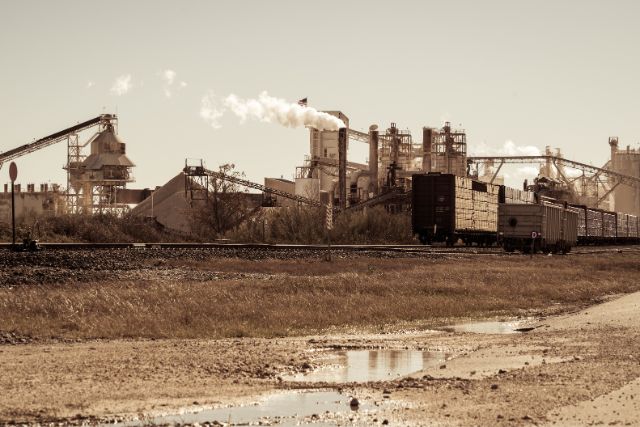
Innovations and Social Changes
Innovations like the steam engine, the spinning jenny, and the power loom revolutionized manufacturing and transportation, while social changes, such as urbanization and the rise of the working class, led to new political ideologies and labor movements.
World War I (1914-1918 CE)
World War I, also known as the Great War, was a devastating global conflict that involved many of the world’s major powers, resulting in significant political, economic, and social upheaval.
Causes and Consequences
The complex web of alliances, nationalist ambitions, and imperialist rivalries ultimately led to the outbreak of World War I. The war’s devastating consequences included the collapse of empires, the rise of new nations, and the introduction of advanced military technology.
World War II (1939-1945 CE)
World War II was an even more destructive conflict, pitting the Axis Powers, led by Nazi Germany, against the Allies, led by the United States, the Soviet Union, and the United Kingdom.
Holocaust and Atomic Age
The Holocaust, the systematic genocide of approximately six million European Jews by Nazi Germany, remains one of the most horrific events in human history. The war also ushered in the Atomic Age, as the United States dropped atomic bombs on Hiroshima and Nagasaki, leading to Japan’s surrender and the end of World War II.
Cold War (c. 1947-1991 CE)
The Cold War was a period of political tension and military rivalry between the United States and the Soviet Union, as both superpowers competed for global influence and dominance.
Space Race and Proxy Wars
During the Cold War, the United States and the Soviet Union engaged in a “space race” to demonstrate their technological prowess. The conflict also played out in various proxy wars, as both sides sought to expand their spheres of influence.
The Age of Information (Late 20th Century-Present)
The Age of Information, marked by the development of computers and the internet, has revolutionized how we communicate, work, and live.
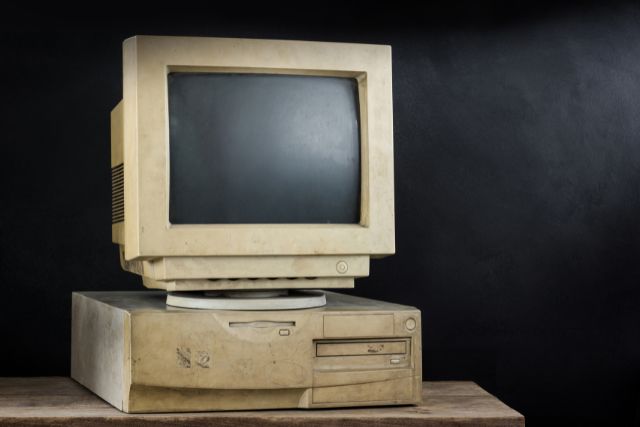
Digital Revolution and Globalization
The digital revolution has transformed the global economy, making information more accessible than ever before and connecting people across the globe. As a result, the world has become more interconnected, giving rise to new opportunities and challenges.
As our journey through history comes to a close, it’s important to remember that the story of humanity is ever-evolving. By understanding our past, we can better navigate the present and shape the future. So, stay curious and keep exploring the fascinating tapestry of human history!
Conclusion
Our journey through history has demonstrated that the course of human events is marked by constant change, with each era building upon the achievements and lessons of the past. From the dawn of human civilization to the modern age, society has evolved through a series of transformative events and innovations that have shaped the world we know today.
The Importance of Historical Perspectives
Understanding history is crucial for appreciating the complexities of the present and making informed decisions for the future. By studying the triumphs and tribulations of past civilizations, we can learn from their mistakes, emulate their successes, and gain valuable insights into the human experience.
A well-rounded historical perspective fosters empathy, critical thinking, and a sense of global citizenship, empowering us to create a more just, equitable, and sustainable world for all.
As we look to the future, it’s essential to remain open to new perspectives and continue to explore the rich tapestry of human history. For it’s only through a deep understanding of our past that we can truly appreciate the present and chart a path toward a brighter future.
So, stay curious, keep learning, and remember that history is not just a record of what has happened – it’s a living, breathing story that continues to unfold with each passing day.

